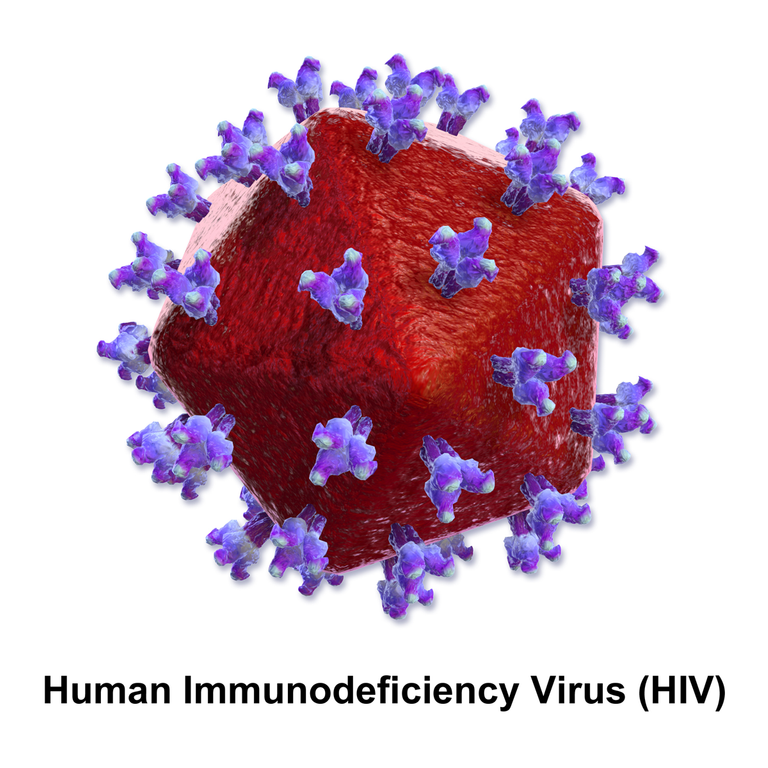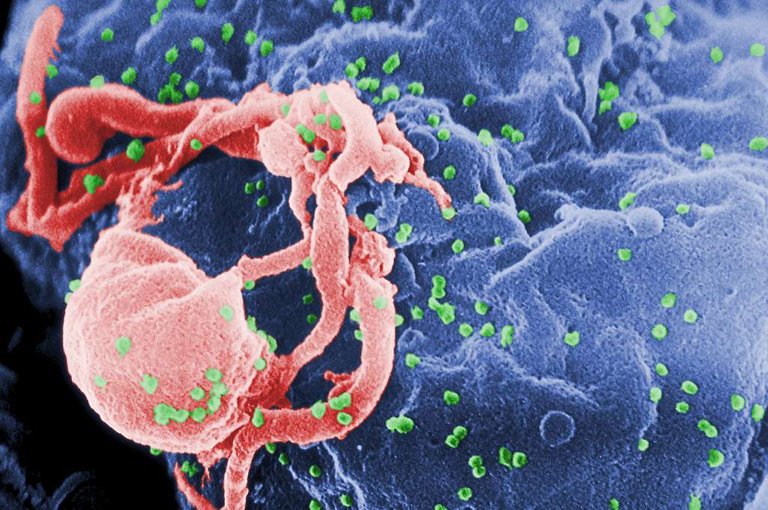The Complex Odyssey of Human Immunodeficiency Virus (HIV)
The shadow of Human Immunodeficiency Virus (HIV) looms large, casting a sobering reminder of the devastating impact it has had on individuals and societies worldwide. However, behind the fear and stigma lies a complex tale of the virus's origins, transmission, and the ongoing battle to combat its effects. Today, we embark on an exploration of HIV, delving into its intriguing history and shedding light on the scientific intricacies that shape this relentless foe.
The origins of HIV trace back to a seemingly inconspicuous event in 1959, in Kinshasa, then part of the Belgian Congo. A man, engaged in the sale of bush meat, sustained a cut that inadvertently marked the commencement of an unparalleled viral infection.
Since the beginning of the epidemic, about 85.6 million people have been infected with the virus and about 40.4 million people have died of it. While the first known case of HIV was in the 1980s when the first person died, the person probably could have had the disease in the 1920s, and the disease could have been existing before then. The Simian Immunodeficiency Virus (SIV) was found in Apes and since the virus is similar to HIV, it is possible that it was inflicted by an Ape on a human in the phenomenon known as Zoonosis. So there is a possibility that the virus was a mutation of an animal virus.
The surge of HIV transmission was exacerbated by unsanitary medical practices, unprotected sexual encounters, and societal challenges in understanding and addressing the virus. While people hadn't known much about the virus, there was death caused by Kaposi's Sarcoma which is a complication of people who have AIDS, which tells us that the disease might have been existing for a long time without us knowing.
When HIV enters the body, it goes straight to the blood and starts to infect the CD4+ T-cells. The body then recognizes the virus as foreign and starts to attack it, leading to symptoms such as fever, and sweat, which subsides after a few days. The virus in the body releases its RNA information into the blood cells and then uses reverse transcriptase to convert RNA to DNA in the cell. HIV comes into the cell of its host, so it can remain in it, replicate, and then start to infect more new cells.
With this, over time, the patient starts to fall sick because their immune system is low thereby leading to opportunistic infections which then spread to the body, leading to their death. The longer the virus stays, the more it can evolve where it changes its DNA sequence which is done by either replication or combination. When the HIV RNA is converted to DNA, there are chances that the sequences would change leading to new characteristics of the virus. It also uses recombination to become more diverse where the virus is made by reverse transcriptase in template switching where genetic information of two different HIV viruses are shared between themselves.
I heard someone saying that HIV and AIDS are not real, and it is just another big lie from the science world. If someone tells you that HIV doesn't exist, then that is a very big lie. To address this common misconception, it is crucial to clarify that HIV and AIDS are undeniably real entities, supported by a wealth of scientific evidence. While debates may arise within the scientific community, there exists a consensus grounded in rigorous research and analysis. Furthermore, the progression from HIV to AIDS is a well-documented phenomenon, rendering any denial of this link as unfounded.
Medical science has made significant strides in the battle against HIV which includes the development of medications aimed at suppressing viral load and preserving immune system function. These potent drugs, however, often come with a range of side effects, reflecting the rigorous battle that takes place between the potent virus and the medications designed to thwart its advance.
Reference
https://www.ecohealthalliance.org/2017/12/world-aids-day
https://www.ncbi.nlm.nih.gov/pmc/articles/PMC3234451/
https://www.who.int/data/gho/data/themes/hiv-aids
https://www.ncbi.nlm.nih.gov/pmc/articles/PMC3253032/
https://www.ncbi.nlm.nih.gov/pmc/articles/PMC2739573/
https://www.ncbi.nlm.nih.gov/books/NBK534839/
https://www.ncbi.nlm.nih.gov/pmc/articles/PMC5440548/
https://www.ncbi.nlm.nih.gov/pmc/articles/PMC3892619/

Hi, I am Tobi a writer, speaker, relationship blogger, and lover of good music. I love making friends and learning from people. Want to hear me speak on relationships and general life issues, you can find my youtube channel where you can listen and watch any episode for free, please do not forget to subscribe, friends. I sincerely appreciate every love I get from here, kindly do well to keep them coming.


Thanks for your contribution to the STEMsocial community. Feel free to join us on discord to get to know the rest of us!
Please consider delegating to the @stemsocial account (85% of the curation rewards are returned).
Thanks for including @stemsocial as a beneficiary, which gives you stronger support.